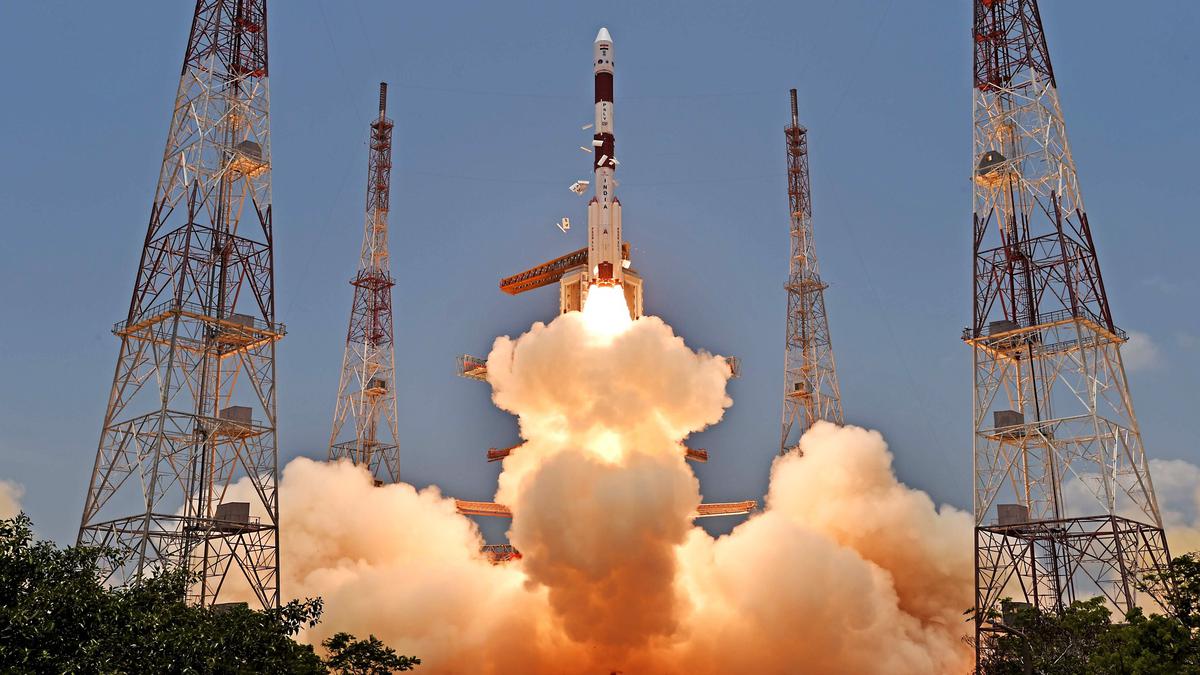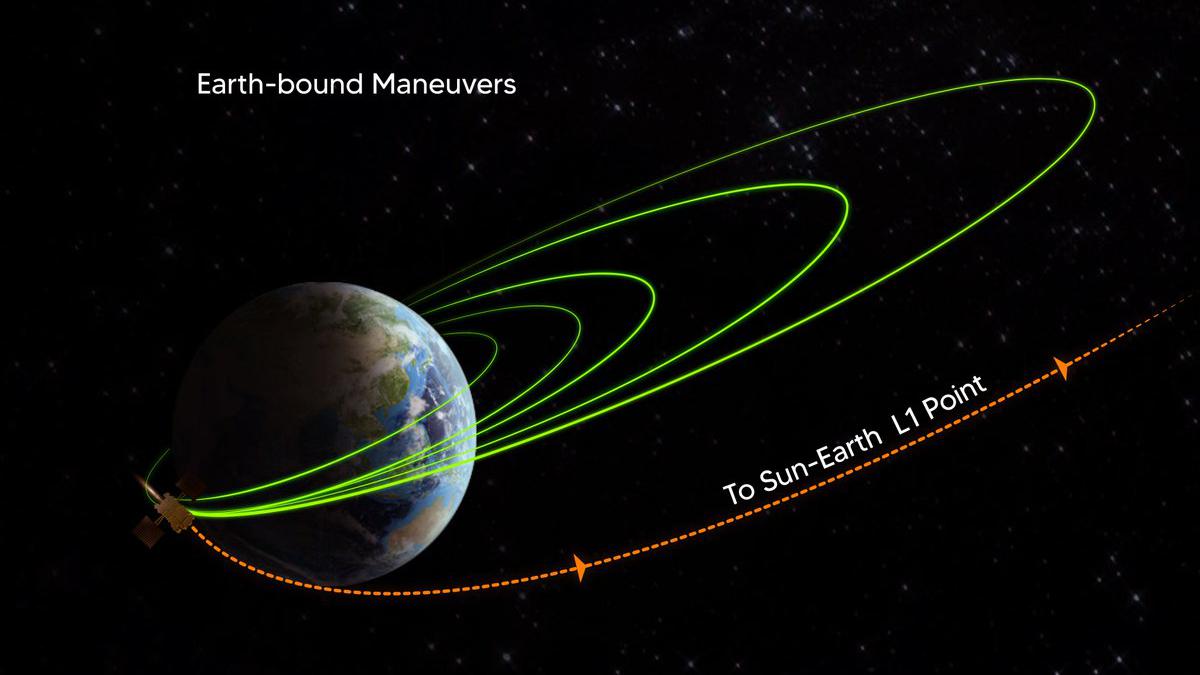For representative purposes.
| Photo Credit: Getty Images
The story so far: According to the ‘Retraction Watch’ database, an Indian scientist at an institute in Lucknow has racked up 45 retractions. It also states that another researcher at a university in Kolkata published 300 scientific papers in a year, which is nearly a paper a day and impossible. This individual had six papers retracted, which cover an array of disciplines including chemistry and virology. Paper retractions are becoming more common worldwide even as the research misconduct problem is worsening in India.
What are retractions?
A retraction is a mechanism that kicks in when a scientific paper published in an academic journal is found to be so flawed as to merit being removed from scientific literature. The academic community is often understanding when a paper is retracted for an honest error but much less forgiving when a paper is pulled because it contains deliberately manipulated material. For example, the case of John Darsee, a young Harvard University cardiology researcher, stunned the academic community in the 1980s. He had over 80 papers retracted for spreading “inaccuracies and falsehoods”.
Scientific fraud is surprisingly endemic: the list with Darsee includes Jan Hendrik Schön, Brian Wansink, Hwang Woo-suk, and of recent Ranga Dias as well, among others. Even Nobel laureates are not spared. Gregg Semenza, a professor at Johns Hopkins University and winner of the 2019 medicine Nobel Prize, has had 12 papers retracted over potentially duplicated or manipulated images.
How often are papers retracted?
Between 2020 and 2022, 2.5 times more papers were retracted than they were between 2017 and 2019. The reasons for retraction include plagiarism, editorial conflicts, image manipulation, and the use of paper mills. During the COVID-19 pandemic, many publishers had fast-tracked the peer-review process for papers they received from scientists. As a result, some 10,000 papers had to be retracted in 2023 because of quality and/or data issues. The number was only around 1,600 in 2013. In 2023, a German neuropsychologist named Bernhard Sabel published the results of using a fake-paper detector he had built: he found that a third of 5,000 neuroscience papers published in 2020 likely had plagiarised and/or falsified content.
What is the retraction index?
A journal’s retraction index is the the number of retractions in a given time period multiplied by 1,000 and divided by the total number of published articles, according to a definition provided by scientists Ferric Fang and Arturo Casadevall in a September 2011 paper. They also showed that there’s a greater chance of a paper being retracted from a high-impact journal than from a low-impact one. ‘Impact’ refers to the impact factor: the average number of times a paper was cited in last two years.
Why do scientists falsify papers?
Paper mills are enterprises that churn out fake or low-quality journal papers and sell them to scientists. Thousands of papers published in academic journals worldwide have been linked to Russian, Iranian, and Chinese paper mills.
One reason they’re becoming more prevalent is because of research institutes’ desire to improve their national and international university rankings, where the primary criterion is research output. In today’s academic setting, one’s paper count can determine one’s chances of being promoted, securing grants and getting awards. PhD students are sometimes required to publish papers to graduate. This “publish or perish” culture encourages paper mills.
Misconduct makes scientists lose trust in one another and in literature. In a 2000 article in the journal Nature, H.N.J. Arst wrote, “All honest scientists are victims of scientists who commit misconduct.” Retractions are thus a way for science to correct its mistakes.
Reducing the prevalence of misconduct is an open problem in research policymaking. It needs to answer questions like: can journals detect bad papers with AI and what is a way to evaluate research quality over quantity?
Atanu Biswas is professor of statistics, Indian Statistical Institute, Kolkata.
Published – September 25, 2024 08:30 am IST











